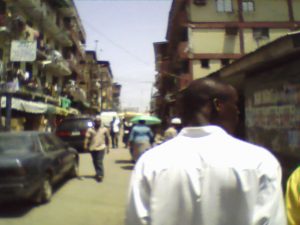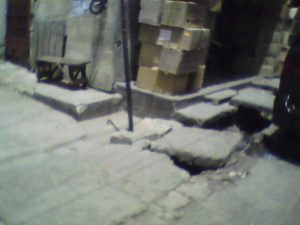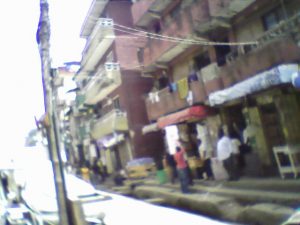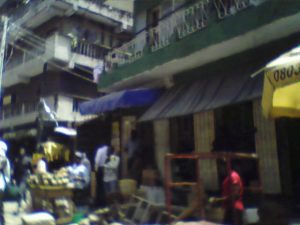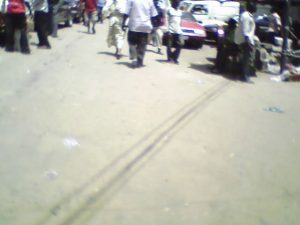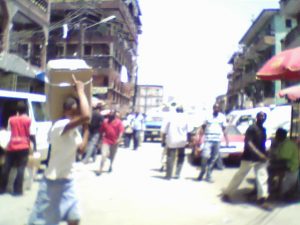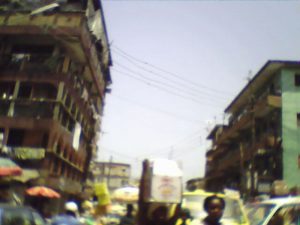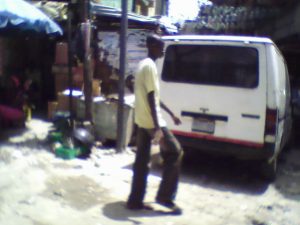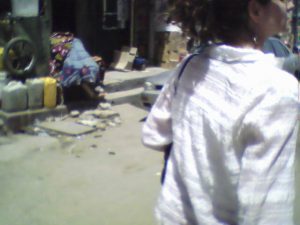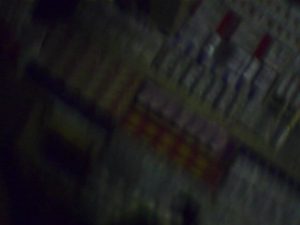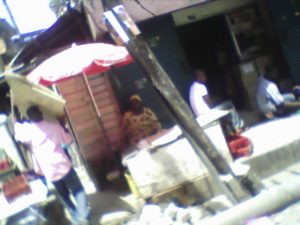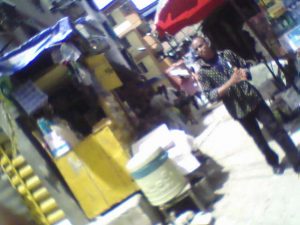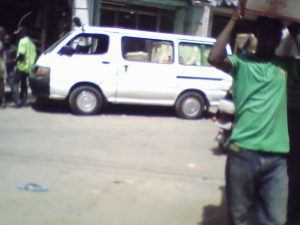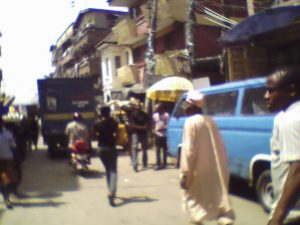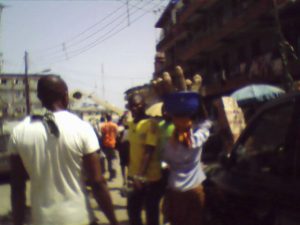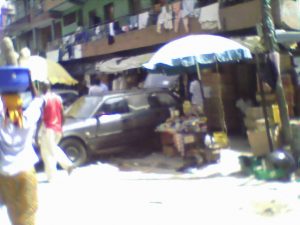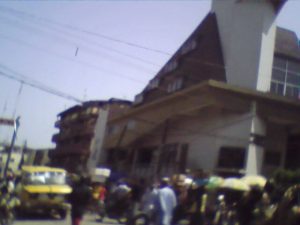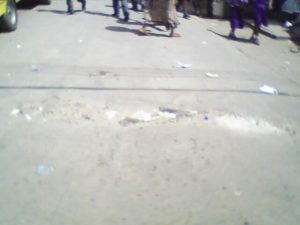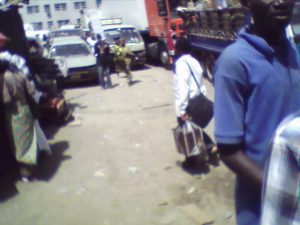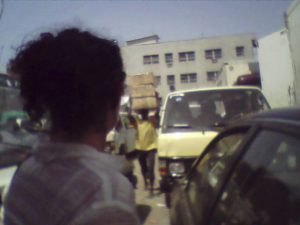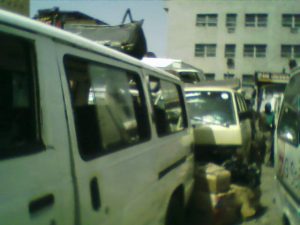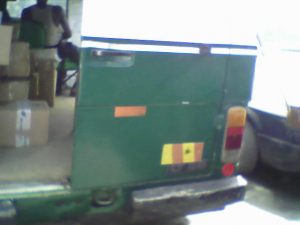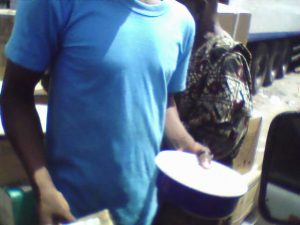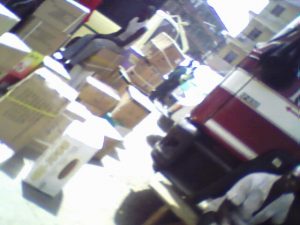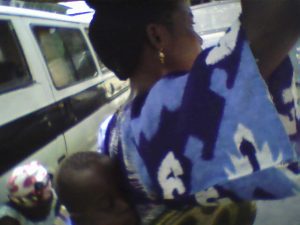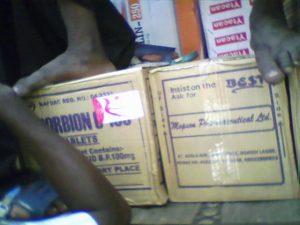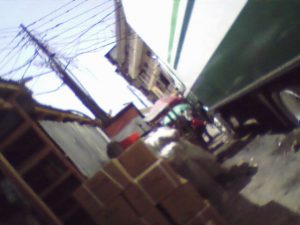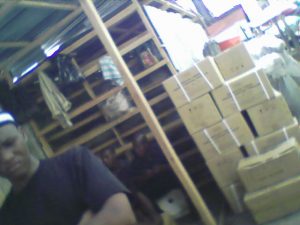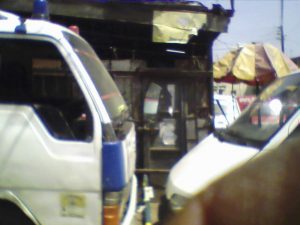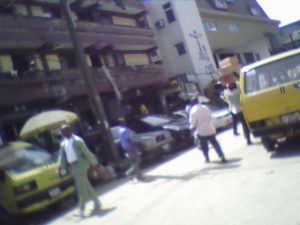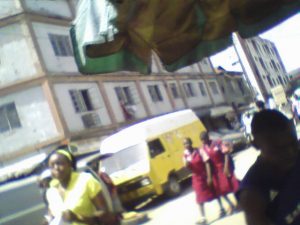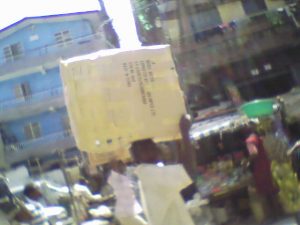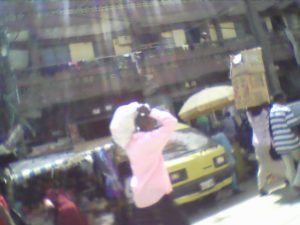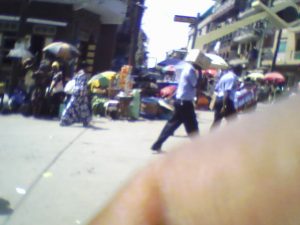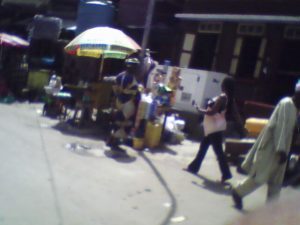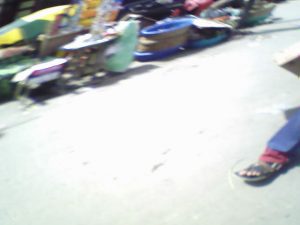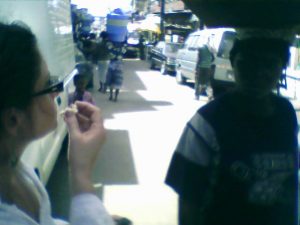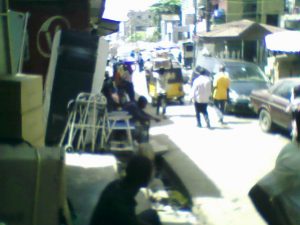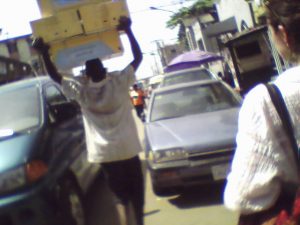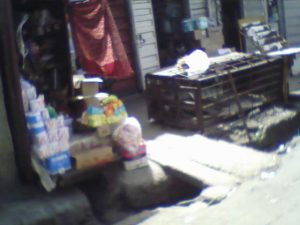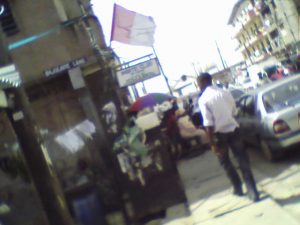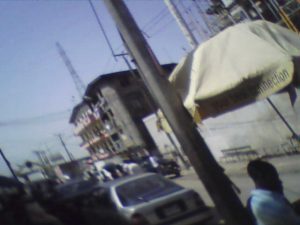Idumota is a historic neighborhood located on Lagos Island. It is adjacent to the Lagos port that facilitated the slave trade; and later under British indirect rule, it surrendered to exports that fueled the colonial enterprise. It is also home to descendants of returning Brazilian slaves known as Agudas as well as the Oba (traditional ruler) of Lagos.
Once a strictly residential neighborhood, Idumota houses one of the largest markets in West Africa and accommodates the substantial inflow of imported goods. As an “unofficial” (untaxed and unregulated) market, it is not peripheral to global networks of drug distribution, but rather integral to them. The bulk of pharmaceuticals imported from abroad are routed first through Idumota and then on to other markets throughout Nigeria and other West and Central African countries. The energy of private Idumota traders and wholesalers facilitate this activity, where up to millions of U.S. dollars worth of wholesale pharmaceutical stock is exchanged each and every day. There is a constant, pumping rhythm in Idumota unlike most places in Lagos, one that greatly outpaces the usual hyper-stimulation found in densely populated, large-scale cities.
The entrance to the wholesaler pharmaceutical distribution section is located at the northeast end of the island that faces the mainland less than one mile away. The major distributors, whose clients are located across West Africa, have shops on the main road, while smaller operators work on narrower paths that move deeper into the neighborhood. From floor to ceiling, large stacks of boxes holding drug stock line the inside and outside of pharmaceutical shop stalls. They also fill up buses (vans) destined to other parts of West Africa. Some licensed traders, as they are called, have been here for years and some are second and third generation. There are always others, almost all Igbos, who are newly arriving from the eastern part of the country to start their work as apprentices for an older relative who owns a pharmaceutical shop. Other acts of labor are performed by indigenous Lagosians–mostly Yorubas. A social system comprised of small trade, informal payments and extraction provide a livelihood for those not engaged in formal market exchanges.
These images were taken as a mapping exercise of Idumota for the book, Speculative Markets. We used a first generation, second-hand Sony camera phone. Such phones from Europe (and many other countries) saturated the Nigerian market once GSM technology became available in the early 2000s. The images represent the distorted nature of such second-hand products that are often encountering breakdown and in need of repair. In this case, the depth of field is uneven, the light garbled, and the focus distorted throughout. The composition of some images are turned at different angles or capture stretches of seemingly empty space. Such space is actually critical to how people work and consume in the market as every inch matters for storage and movement. At times the ethnographers appear as fingers or as bodies that occupy and at times interrupt the activities of this social field.
These images also give a feel of an aged 1970s photograph. Much of Nigeria’s urban infrastructure – buildings, water, roads – was built in the 1970s during an oil boom. But much of it requires overhauls and restoration. Likewise, many pharmaceuticals that flood the Nigerian market, such as antibiotics, were manufactured in the 1970s. While they were standard treatment at that time, they are now inefficacious in most parts of Nigeria because more recent bacterial strains are resistant to these older products. Yet, because of past histories of substantial fake drugs flooding the market, consumers tend to purchase these outdated drugs. They are not only familiar (and viewed as ‘not fake’) but resonate with a time when the Nigerian economy and way of life were far more robust and hopeful.
Click on an image for a slideshow.
